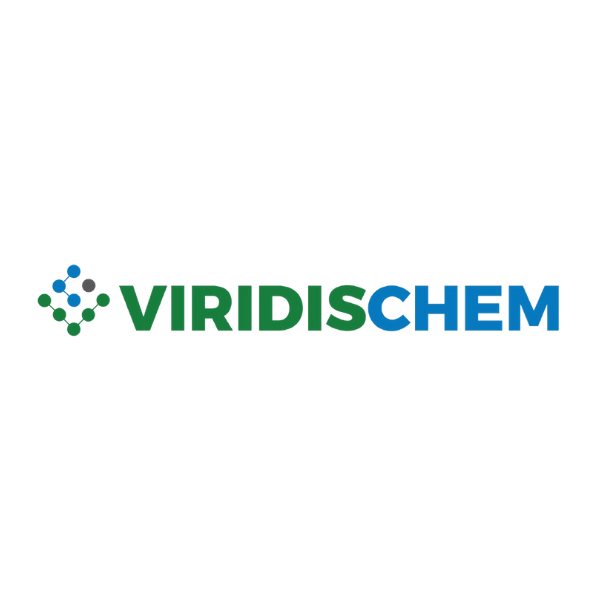By Gary Lash

The best innovations address needs and result in changes. Sometimes change is an improvement – VHS to DVD or digital video – and sometimes it is a mandate, such as seat belts in millions of vehicles worldwide.
As chemists know, there are now more than 100 million chemicals, and thousands of new ones are still being introduced each year. Surprisingly, though, the toxicity is known for less than 1% of chemicals, and many times it is not comprehensive enough. Safety Data Sheets (SDS) of many chemicals are inaccurate or incomplete and need to be updated.
To compound this already massive problem, data reported by various suppliers or agencies about chemicals, even the experimental data, differs. There are several reasons why, partly because the properties’ measurements depend on many physical and environmental factors and complex chemical structural and functional differentiations, and because some measurements are very complex involving multi-faceted dependencies.
As a result, even though the data on these millions of chemicals may be available, albeit from hundreds of different sources in non-standard formats, collating, integrating and curating these multi-terabytes of data is the biggest challenge government agencies, manufacturers, and chemical database companies are facing. ViridisChem, according to CEO Neelam Vaidya, is one of the few companies that successfully has and continues to address this issue by utilizing AI/ML technologies and the use of in-house software tools to constantly identify, update and curate the data.
Because of the vast number of chemicals in use, government agencies are only able to study and publish the hazard information of the most commonly used chemicals, mostly when some incidents bring attention to those chemicals. In fact, the public may be stunned to learn that attention is not given to some of the most toxic chemicals and their uses.
To address these critical issues, federal government agencies like the U.S. Environmental Protection Agency (EPA), National Institutes of Health, and the Centers for Disease Control and Prevention are now turning to in-silico or predictive information of chemicals and are spending financial resources to encourage the scientific community to build predictive models and invest R&D in developing quality training and reference data.
ViridisChem has built one of the most comprehensive chemical toxicity databases that comprise experimental data reported by R&D departments of U.S. and international government agencies, regulatory and standards groups, academia, and some chemical manufacturers. The company also has filled data gaps using industry-standard prediction models made available by the U.S. and EU governments. In fact, according to Vaidya, it has successfully devised a way to run these prediction models to provide on-demand predictive toxicity analysis of novel molecules and proprietary chemicals.
As a result, ViridisChem’s Chemical Analyzer can offer a full toxicity profile of ANY chemical that is made up of 48 physical and toxicological properties and 56 different environment, health and safety endpoints. And it provides this information in an easy-to-understand graphical manner so that non-toxicologists like chemists and engineers can understand the information and apply it to make critical R&D decisions during product development. For example, to:
- Identify high-risk drug-targets before investing money in expensive R&D efforts,
- Find the least toxic starting material that satisfies specific reaction needs,
- Find less toxic alternatives that avoid specific toxicity issues during process optimization.
In short, this is a critical tool for companies interested in minimizing the toxicity footprint in their products and adopting sustainable and greener product development.
A lack of comprehensive chemical toxicity data and the ability to utilize them to classify toxic chemicals has been a major limiting factor for government agencies. Until recently, only the end-product toxicity was monitored. Indeed the toxicity and amount of chemical waste caused by toxic raw materials that were not part of the end product were ignored. Over the years, according to some observers, the EPA has been struggling to meet TSCA (Toxic Substances Control Act) deadlines for harmful chemicals, and to update the toxicity profiles of certain chemicals, while various states are setting up their own rules charging that the EPA’s 20-year-old profiles of chemicals like mercury are long overdue for review.
More recently, language in the National Defense Authorization Act for Fiscal Year 2020 (NDAA) added certain per- and polyfluoroalkyl substances (PFAS) to the list of chemicals covered by the Toxics Release Inventory (TRI) under Section 313 of the Emergency Planning and Community Right-to-Know Act (EPCRA) and provided a framework for additional PFAS to be added to TRI on an annual basis. These chemicals increasingly are called “forever chemicals” due to their seemingly interminable staying power.
Industry observers contend that it is possible that not only will the federal government demand new safety data sheets for new chemicals, some states also may do the same, and there are various proposed laws that may require labs to update existing safety data sheets material with newer information.
In the spirit of accepting change and trying something new – test drive ViridisChem’s Chemical Analyzer. The Chemical Analyzer helps scientists measure toxicity of chemicals and select the greenest, least toxic chemicals. The platform:
- Offers toxicity-analysis of all known and proprietary chemicals,
- Predicts toxicity of novel molecules based on 58 different endpoints,
- Provides well-compiled and well-curated comprehensive data from hundreds of sources,
- Avoids data-gaps by providing in-silico data utilizing industry-standard prediction models.
Change can offer a different way to do an old and sometimes repetitive task. Change can also make life in the lab a bit less hectic and safer too.
Learn more about the platform.
Request a free trial.
ViridisChem is a software company offering essential toxicity data and tools for companies to move towards sustainable product development.
We have the world’s most comprehensive toxicity database with over 90 million chemicals, and utilizing this data, our software tools provide toxicity analysis of chemicals, mixtures and formulations, and product development processes.
Demonstrations

Chemical Analyzer for Lab Safety

Chemical Analyzer for Process Development
